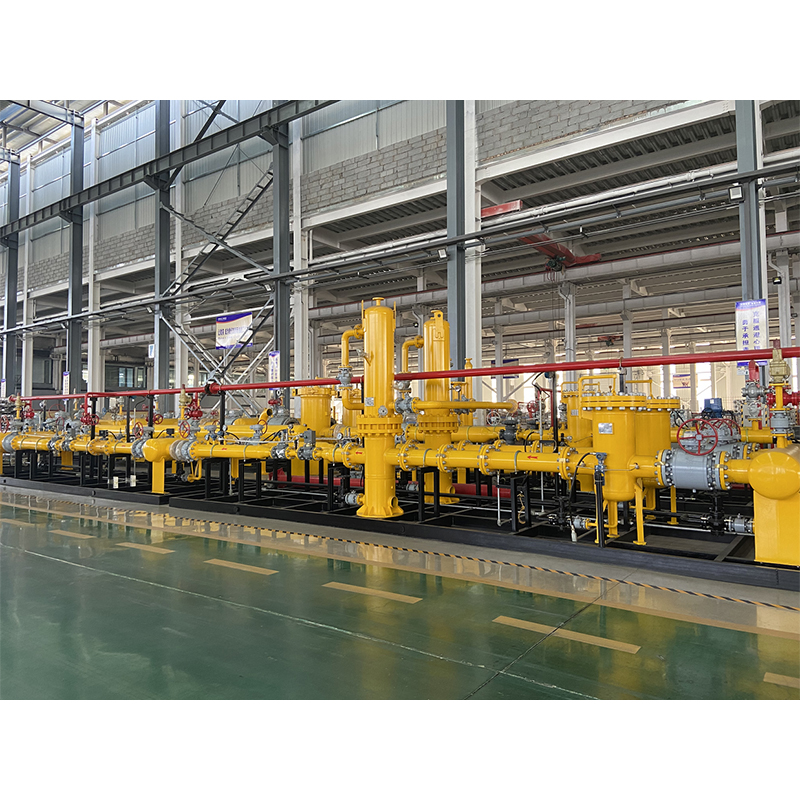
Oct . 18, 2024 22:32
Back to list
Pressure Reduction Techniques for Enhanced System Efficiency and Safety
Understanding Pressure Reducing Valves
A pressure reducing valve (PRV) is an essential component in various fluid control systems. Its primary function is to reduce the high pressure from a source, such as a water supply line, to a lower, more manageable pressure suitable for downstream applications. This device is crucial in ensuring the efficient operation of systems, protecting equipment, and enhancing safety.
.
The operation of a pressure reducing valve is relatively straightforward. The valve is designed with a spring mechanism that allows it to adjust the flow of fluid based on the upstream pressure. When the upstream pressure exceeds the desired setpoint, the valve automatically opens to allow some of the fluid to escape, thus reducing the downstream pressure. This self-regulating mechanism ensures a consistent pressure level, regardless of fluctuations in the supply pressure.
مخفض الضغط

One key advantage of employing a PRV is its ability to conserve water and energy. By maintaining optimal pressure levels, systems can operate more efficiently, reducing waste and lowering utility bills. Additionally, many modern PRVs are equipped with features that enhance their performance, such as adjustable pressure settings and built-in filters to prevent debris from affecting the valve's operation.
Moreover, PRVs play a vital role in safety. In industrial applications, high-pressure fluids can pose significant risks. By managing and maintaining pressure at safe levels, PRVs help to prevent dangerous situations and accidents. In emergency scenarios, such as fire suppression systems, having a reliable PRV ensures that water is delivered at the needed pressure to effectively combat fires without overwhelming the system.
In summary, pressure reducing valves are crucial for anyone looking to enhance the safety, efficiency, and longevity of their fluid systems. From households to large industrial facilities, PRVs provide peace of mind by managing pressure levels, conserving resources, and preventing costly damages. As technology progresses, we can expect to see even more advancements in PRV design and functionality, further solidifying their role in fluid management strategies across various industries.
Latest news
-
Safety Valve Spring-Loaded Design Overpressure ProtectionNewsJul.25,2025
-
Precision Voltage Regulator AC5 Accuracy Grade PerformanceNewsJul.25,2025
-
Natural Gas Pressure Regulating Skid Industrial Pipeline ApplicationsNewsJul.25,2025
-
Natural Gas Filter Stainless Steel Mesh Element DesignNewsJul.25,2025
-
Gas Pressure Regulator Valve Direct-Acting Spring-Loaded DesignNewsJul.25,2025
-
Decompression Equipment Multi-Stage Heat Exchange System DesignNewsJul.25,2025

